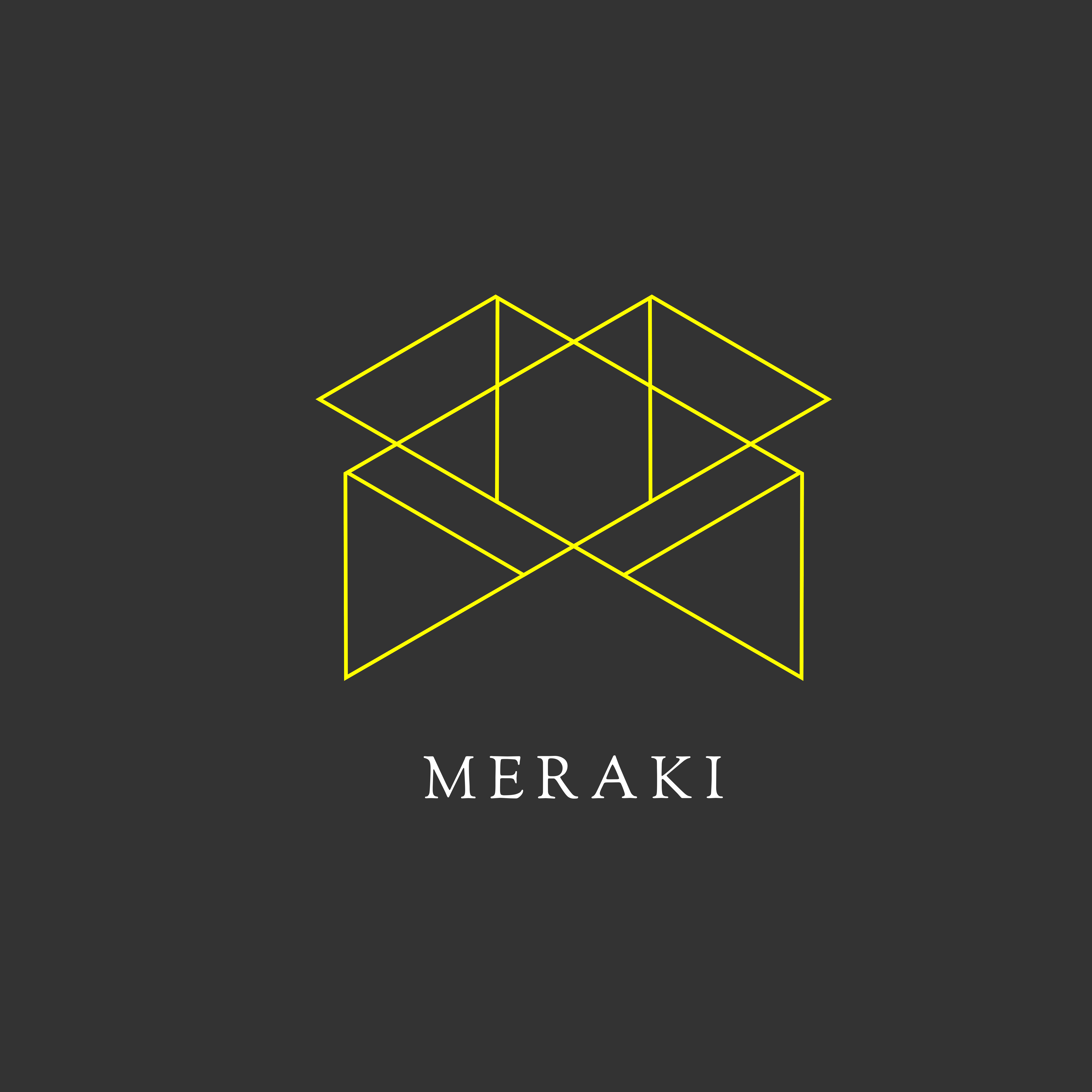Content

Is not authorised by the Dutch Central Bank to process payments or issue e-money. An application under Electronic Money regulations 2011 has been submitted and is in process. If you know two accounting equation variables, you can rearrange the accounting equation to solve for the third. Inventory includes all raw materials, work in process, and finished goods items, less an obsolescence reserve. Prepaid expenses includes any prepayment that is expected to be used within one year. We also have a balance sheet template you can download and use right now.
According to the equation, a company pays for what it owns by borrowing money as a service or taking from the shareholders or investors . Asset accounts will be noted in descending order of maturity, while liabilities will be arranged in ascending order. Under https://kelleysbookkeeping.com/ shareholder’s equity, accounts are arranged in decreasing order of priority. An asset is something that the company owns and that is beneficial for the growth of the business. Assets can be classified based on convertibility, physical existence, and usage.
Financial reporting
Operating CycleThe operating cycle of a company, also known as the cash cycle, is an activity ratio that measures the average time required to convert the company’s inventories into cash. A little knowledge of accounting will help you better understand the information your accountant, administrator or banker provides and will empower you to act on that information. Equity can also drop when an owner draws money out of the company to pay themself, or when a corporation issues dividends to shareholders. A sample balance sheet for the fictitious Springfield Psychological Services at December 31, 2004 and 2003 is presented below, as an example.
- The fundamental accounting equation states that at all times, a company’s assets must be equal to the sum of its liabilities and shareholders’ equity.
- When investors ask for a balance sheet, they want to make sure it’s accurate to the current time period.
- Balance sheets are also important because they are a prime means to secure investment capital.
- Balance sheets are important because they provide a snapshot of a company’s assets, including cash and liquid assets, compared to amounts payable by a business.
- Calculating financial ratios and trends can help you identify potential financial problems that may not be obvious.
- These can include company owners for small businesses or company bookkeepers.
- These ratios can yield insights into the operational efficiency of the company.
If shareholders have contributed additional capital beyond common stock or preferred stock, it is considered capital surplus. Accounts payable Recurring payments could include leases on equipment, materials for production or ongoing expenses like internet service, advertising, etc. Short-term loans Loans that will be paid back within the year are considered short-term liabilities. A lender will usually require a balance sheet of the company in order to secure a business plan.
Liabilities Section of Balance Sheet
The details in statements help firms understand their financial progress and accordingly make business decisions to improve and excel in the future. Plus, the companies can check their finances and frame strategies with respect to the available resources. The balance sheet is one of the three main financial statements, along with the income statement and cash flow statement. This includes amounts owed on loans, accounts payable, wages, taxes and other debts. Similar to assets, liabilities are categorized based on their due date, or the timeframe within which you expect to pay them. On a balance sheet, assets are listed in categories, based on how quickly they are expected to be turned into cash, sold or consumed.
Working capital refers to the difference between an organization’s current assets (i.e., cash, investments, annual revenue) and current liabilities (i.e., payables owed to suppliers). Working capital is an indication of an organization’s cash conversion cycle and an indication of how well a company can manage two very important assets — accounts receivable and inventory. Balance sheets list line items in each section, including subtotals and total assets, liabilities, and shareholders’ equity. Most balance sheet items are reported at book value, although GAAP specifies fair value accounting for certain balance sheet accounts. A multi-year future periods balance sheet is also prepared with the income statement and cash flow statement as a projected financial statement used for business plans or M&A financial modeling decisions.
Prepaid Expenses
This segment of the balance sheet includes return of equity , calculated by dividing net income by shareholder’s equity. ROE measures management’s effectiveness in employing and driving returns based on equity. This equation forms the foundation of a balance sheet, with assets in one column, equal to the liabilities and the owner’s What Is A Balance Sheet? equity in the other. Overall, the balance sheet gives you insights into the health of your business. Keeping tabs on these numbers will help you understand your financial position and if you have enough cash to make further investments in your business. These are the financial obligations that it takes more than a year to pay back.
Non-current assets or long-term assets include long-term investments, property, plant, and equipment , also known as fixed assets, and operating lease right of use assets. For the best financial analysis, accountants may want to draw on data from the balance sheet and other forms, too. These can include a statement of cash flow or dynamic income statements.
